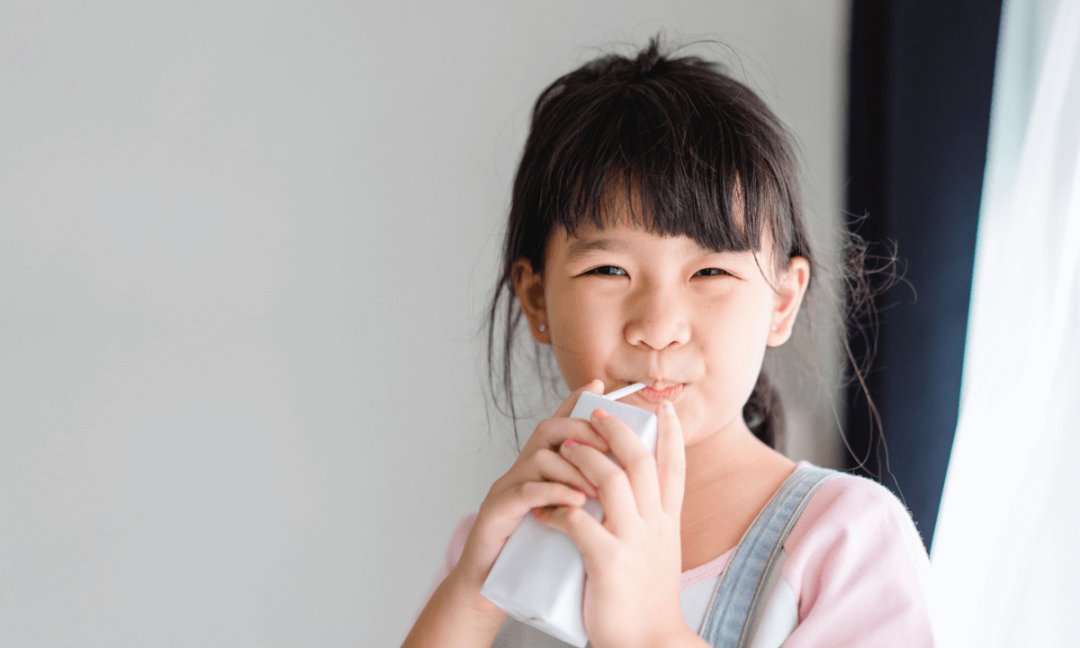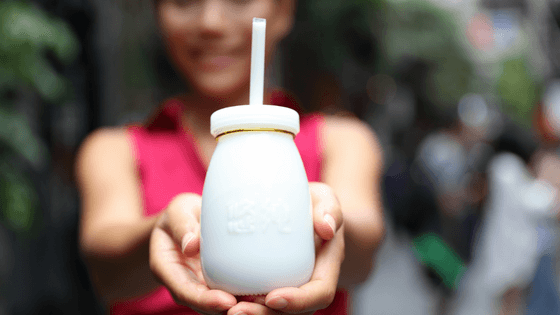
Chinese dairy market: what are consumers’ expectations?
While most European dairy markets are expected to grow moderately, China has an attractive growth potential with a CAGR of 8% in 2021[1] . What are consumers’ expectations? And how can we best meet them to conquer the Chinese dairy market?
The Chinese dairy market in a few figures: a fast-developing market
The Chinese dairy market is growing rapidly. The government is strongly encouraging the development of the dairy industry on a national scale. The objective is to reach a rate of 70% self-sufficiency in milk[2] . Milk production has increased by 23% in three years to reach 37 million tons [2]. Production is therefore on the rise but is still not enough to cover the needs of the entire population.
China is now the 5th largest milk producer in the world, after India, the European Union, the United States and Pakistan [2]. This is linked to the increase in consumption of dairy products per capita observed in recent years.
China is now the 5th largest milk producer in the world
This strong development of the Chinese dairy market is driven by powerful stakeholders. Indeed, two Chinese groups are among the top ten dairy companies in the world in terms of sales. They are Yili (in 5th position with a turnover of $13.4 billion) [3] and Mengniu which ranks 8th worldwide with a turnover of $11.9 billion [3] .
Chinese consumers’ expectations: combining health promises and originality
Functionality: the trend of dairy products with health promises
China currently has a nutritional context with high stakes. Insufficient calcium intake and an obesity epidemic affecting more than half the population are among the factors contributing to a strong awareness. Indeed, Chinese people are becoming increasingly aware of the impact of their food on their health and choose their food according to their health concerns.
The Chinese dairy market is shaped by this trend: consumers are looking for products that meet a specific nutritional need. Yogurts can be enriched with vitamins, minerals or proteins to meet possible deficiencies.

To help you enrich your dairy products, Lactalis Ingredients has solutions, in particular with Pronativ® – Native Micellar Casein for the production of hyper-protein yogurts.
consumers are looking for products that meet a specific nutritional need
Among the main health promises sought by Chinese consumers, we can cite digestion, and more specifically health claims about probiotics. Indeed, 77% of Chinese consumers eat yogurts to improve digestion [4] . Products targeting children’s growth also perform very well.
In addition, we can observe increasingly sophisticated expectations. For example, for promises such as immunity, the claim “healthy mucosa” (first line of immune defense) is a common claim in the Chinese dairy market. In addition, “low glycemic index” yogurts have appeared on the market to prevent the onset of diabetes [5].
Finally, the beauty segment has not been left out, as the market has seen the emergence of yogurts promoting “beauty from within” thanks to collagen for skin elasticity [5].
A culture and tastes to consider
To enter a new market, it is essential to consider the culture and tastes of a country’s consumers. In this case, China appreciates exotic flavors, cheeses with sweet flavors for example.
In addition, some Chinese consumption habits lead to technical challenges. In particular, the Chinese dairy market has many “ambient” dairy products. This leads to a certain number of new constraints, concerning the stability of the product throughout its shelf life. Lactalis Ingredients offers you a solution to meet these requirements with its UHT skimmed milk powder, a thermally stable skimmed milk powder to reduce the fouling of your production lines. Its low rate of thermophilic spores guarantees the stability and bacteriological quality of your products throughout their life.
Naturalness and transparency in the dairy industry: increasingly advocated in China
Although the trend is not as strong as in Europe, the need for transparency and naturalness is beginning to emerge in China. Consumers are looking for cleaner recipes, with fewer ingredients, and want more information about products. To meet this emerging expectation, manufacturers present on the Chinese market are starting to offer “zero additive” yogurts, free of thickeners, sweeteners, colorings and artificial flavors[1] .
Thus, Chinese consumers are looking for dairy products with specific health benefits, which are also natural and healthy. Beyond product innovation, other possibilities are to be explored to conquer the Chinese dairy market, especially in terms of distribution and communication. E-commerce and influencers are strong trends in China: 81% of Chinese people say they trust influencers[6] . It is therefore possible to target Chinese consumers through their social networks, such as WeChat, Weibo, Yizhibo or Xiaohongshu [6] .
To go beyond the Chinese dairy market, and discover more about Asian market trends, Lactalis Ingredients recommends the article: The Asian market: emerging trends in adult nutrition.
Sources:
[1] Mintel, A year of innovation in yogurt, April 2022
[2] Marie-Josée Cougard, When China launches the milk revolution, Les Echos, June 2022
[3] Mintel, KuRunData, Juin 2020
[4] AHFES, Dairy products: European market, consumption trends and innovation, May 2021
[5] Mintel, The Future of Yogurt and Desserts: 2022, April 2022
[6] CNIEL, Information and promotion program for European butter in Asia: Japan, South Korea, China, Taiwan 2021-2023















